
Source: Torii gates at Hanazono Shrine. | Alpha from Melbourne, Australia, CC BY-SA 2.0, via Wikimedia Commons
Tokyo’s Kabukichō district isn’t just about the nightlife – it has traditional festivals too
- Tags:
- Festivals / Kabukicho / Shinto shrine
Related Article
-
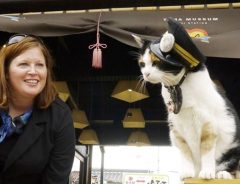
Station Master Tama the Cat Remains Railroad Goddess After Her Death
-
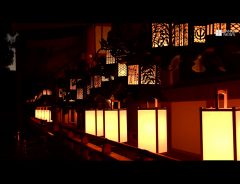
Kasuga Taisha Shrine lights 1,000 lanterns, prays for fulfillment of wishes and end of pandemic
-
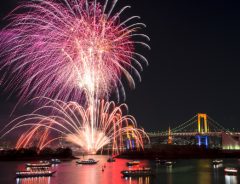
5 Tokyo Area Fireworks Festivals for a Sparkling Summer 2018
-

Roy to Silo Is An All-Night Parfait Paradise Nestled In The Heart of Shinjuku
-
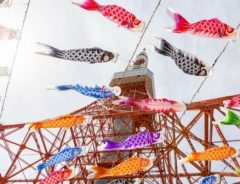
The Flying Carp of Japan: Recommended places in 2020 and the Importance of Koi Nobori and Kanzarashi
-
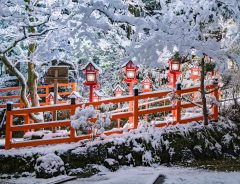
Japanese photographer captures mystical shrines covered in snow


Kabukichō 歌舞伎町 may be known for its adult-oriented nightlife, but September is festival season in the district. The festivals started out as a way to give thanks to the gods for good harvests, and later, to pray for business prosperity. This year, the novel coronavirus pandemic has put paid to the revelry, but it's good to know about these festivals for when life gets back to normal next year (fingers crossed!).
There are three shrines in Kabukichō: Inari Kiō Shrine 稲荷鬼王神社, which is in 2-chōme; Hanazono Shrine 花園神社, which is next to Golden Gai ゴールデン街 on the east side of Kabukichō; and Shinjuku Jūniso Kumano Shrine 新宿十二社熊野神社, which is in Kabukichō 1-chōme, on the west side of the Yamanote line tracks.
Lanterns at the Tori no Ichi (Cock Fair) at Hanazono shrine. | 掬茶, CC BY-SA 3.0, via Wikimedia Commons
As the name suggests, Inari Kiō Shrine is for the worship of Inari 稲荷, the guardian god associated with foxes, and Kiō 鬼王, the demon king. It is famous for being the only shrine in Japan where good fortune is conferred via a demon. The shrine has a festival in September. It is a good opportunity to see its mikoshi 神輿 (portable shrine), which is unusual for having the faces of two demons carved into it.
The second shrine in Kabukichō is Shinjuku Jūniso Kumano Shrine 新宿十二社熊野神社. It too has a festival in the autumn, which is well known for an unusual dance called chidori katsugi 千鳥担ぎ. Chidori 千鳥 is a plover, a kind of seabird, and chidori ashi 千鳥足 is usually used to describe a drunken stagger. But in the festival, chidori katsugi refers to quickly stamping and sliding the feet forward in a kind of shuffle.
Instead of carrying the mikoshi on their shoulders, the bearers take the weight of the portable shrine on the back of their necks, splaying their hips and tensing up their knees. To see the mikoshi bearers carrying the portable shrine while doing the chidori katsugi is a remarkable sight.
Shinjuku Jūniso Kumano Shrine in Shinjuku with skyscrapers behind. | Kakidai, CC BY-SA 4.0, via Wikimedia Commons
Kabukichō's third shrine is Hanazono Shrine, which dates back to the Edo period when the neighbourhood was part of Naitō Shinjuku. The shrine has a festival called Tori no Ichi 酉の市, which marks the coming of winter. Local business owners come to buy decorative rakes, which they use to 'rake in' good luck for the year to come. Hanazono Shrine also hosts a festival at the end of May.
The biggest festival in Kabukichō is probably the Shinjuku Eisa festival 新宿エイサーまつり, which is far more recent than the others. It was first held in Kabukichō in 2002 and is held every year on the last Saturday of July, with events on Shinjuku-dōri between Studio Alta and the Marui Annex during the day, and more events around Tōhō Building Plaza in the evening. An Eisa is a traditional Okinawan event held in mid-summer when the blood of the crowd gets hot, and everyone gives bold cries designed to shake the soul. It's a big celebration of Okinawan culture in the heart of Tokyo, and not to be missed.